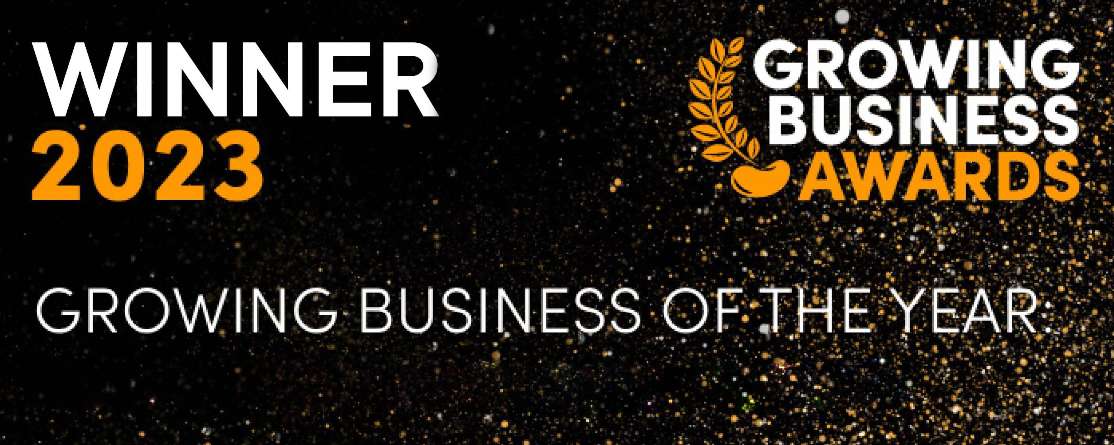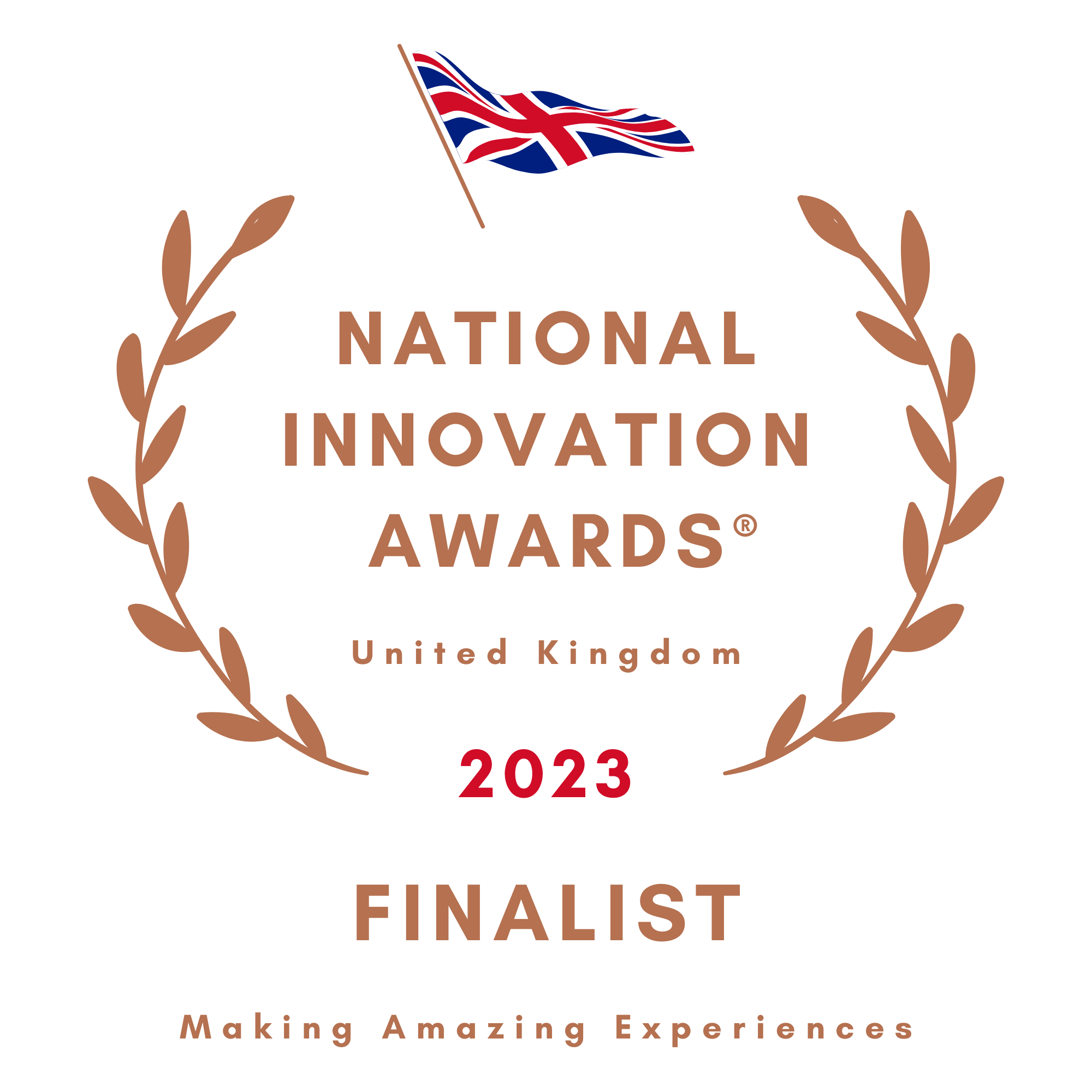Dragonfly AI is a predictive analytics platform designed to help you improve the quality and effectiveness of your creative across any format, channel and market.
From Concept to Launch: How AI Enhances Creative Testing in Real Time
Expert-led podcast discussing trending articles, and news in the AI and attention spaces.
-1.png?width=1920&height=1920&name=Intro_square%20(21)-1.png)
Webcasts led by experts
In this episode of Game of Attention, we dive into how AI is reshaping the creative landscape and where the human touch still matters most.
Joining us are two powerhouse voices from the world of strategy and communications: Sarah Okrent, Head of Communications & PR at MullenLowe Global, and Dóra Andorkó, Head of Strategy & Insight at IPG Mediabrands.
Whether you’re navigating cross-market campaigns or exploring AI in creative testing, this episode is packed with insights for brands who want to stand out and stay human.
Q: What are the biggest challenges in turning a creative concept into a campaign that resonates across different markets and channels?
Sarah: Preserving the soul of an idea as it travels is hard. A quirky insight might work brilliantly in one market and fall flat in another. You need to concentrate on how the idea is expressed, not just the execution.
Dóra: Yes, global campaigns often miss cultural nuance. That might save money, but it sacrifices relevance. If it’s not locally resonant, people won’t relate, especially in crowded media environments.
Sarah: Also, format overload is real. You start with a beautifully crafted film, then it’s a TikTok, a story, a banner. It becomes a “content salad,” and the original emotional thread is lost.
Dóra: And don’t forget attention span. The cheapest formats often get the least attention. So we’re fighting for eyeballs on platforms where attention is lowest.
Q: Have you seen any campaigns that really broke through this noise recently?
Dóra: A Hungarian agency nailed it with a Telekom campaign for a marathon. Using AI and runner data, they messaged each participant with their personal “champion” status, like fastest “Anna” in District 7. It felt personal and culturally grounded.
Sarah: In France, Heetch (a ride-hailing app) used the Olympics as a backdrop, but targeted Parisians, not tourists. They offered discounts to locals. It wasn’t just a spike campaign, it built loyalty.
Q: How do you handle creative feedback across teams and regions?
Dóra: Clients often prioritize performance over brand building. As strategists, we’re constantly trying to explain that while conversion is critical, if you ignore brand image and love, you lose future customers who aren’t yet in the buying cycle.
Sarah: Time zones are a big challenge in global teams. We intentionally build in time and resources for teams to revise. That might include feedback from cultural collectives, strategists, and tech tools that help localize.
Dóra: And we need to move beyond vague feedback like “I don’t like it.” Clients need to feel safe enough to be specific, otherwise it’s hard to act on.
Q: Where is the human touch irreplaceable in creative and communication strategy and where can AI step in?
Sarah: You need the human element to build trust. Strategists like Dóra bring psychology and observation to the table, something AI can’t do yet. AI is great for synthesizing information, but emotional filtering? That’s human.
Dóra: I call AI my “smartest intern.” It’s great at gathering and summarizing but it can’t replace nuance or empathy. It learns from the past, we live in the present. That's a big gap.
Q: Have you seen AI or automation hurt a campaign when used in the wrong way?
Sarah: Yes. The Coca-Cola Christmas ad in the UK felt processed. It lacked warmth. Had they leaned into irony, maybe it would’ve landed but it just felt like an AI-generated script, not a story.
Dóra: Same. I saw a car ad in Poland where the AI-generated cityscape (probably Warsaw) was so clearly fake. It jarred. If the goal was to feel futuristic, that didn’t come through.
Q: Where’s the “sweet spot” between AI-driven efficiency and emotional consumer resonance?
Sarah: We’re still figuring that out. I don’t think we’ve seen enough AI-informed creative briefs to know. Ask me again in a year.
Dóra: AI helps more with how we create than what we say. It simplifies production, helps us tailor formats to local attention spans, but it doesn’t yet find emotional relevance in messaging.
Q: How do you balance speed with creative quality?
Dóra: There’s a saying I love: “Slow is smooth, and smooth is fast.” If you build the right systems, you can work efficiently without rushing.
A great example: a client needed visuals for three markets. Instead of flying to India and China, they used AI to adapt a Hungarian photo shoot into culturally specific images for each market. It looked authentic and saved time.
Sarah: Speed isn’t optional anymore, it’s just the pace now. But fast decision-making is a benefit. Clients let go of fear. Even big mistakes don’t last long. You need both lanes: one for fast, scrappy content and another for long-term emotional storytelling.
Q: Is there a point where moving too fast becomes damaging?
Sarah: Yes. Short-term thinking risks attention fragmentation, especially for younger generations. It’s not sustainable for humans. We need deeper focus too.
Dóra: It’s hard to imagine the end of this acceleration, but people are adaptable. COVID taught us that. If the bubble bursts, we’ll adjust—but it’ll take a shift in how people work and create.
Q: How is AI changing how we define and measure creative effectiveness?
Sarah: AI can measure attention, emotion, engagement, and micro-signals we couldn’t track before. But you can’t measure everything. You still need human judgment. AI should inform, not decide.
Dóra: I used to work in neuromarketing using sensors for ad effectiveness. AI has massively improved that accuracy. But insight quality, the “aha” moments, still come from human intuition and experience.
Q: Are there any new metrics you're using now that you weren’t 5 years ago?
Dóra: At IPG’s Initiative agency, we’ve moved beyond the funnel. We launched “Full Color Media,” a strategy focused on defeating bland, formulaic thinking.
Rather than just awareness–consideration–purchase, we track things like: social buzz, word-of-mouth, ad recall and emotional resonance. It’s about seeing what drives each funnel stage, not just assuming a linear journey.
Sarah: In creative juries, we’ve looked at metrics like: did a campaign change behavior? Did it spark legislation? That’s more compelling than just clicks.
Q: If someone was entering your role in the next few years, what advice would you give them?
Sarah: Get close to decision-makers and innovators, people driving change. It’s not about titles, it’s about access. Learn by seeing it done, mistakes and all.
Dóra: Use data, but don’t forget real conversations. Talk to friends, family, colleagues. Research is a lived experience too. And most importantly? Trust your gut. My best insights always come from that place.
Thanks for tuning in to this episode of Game of Attention. If you found today’s insights valuable from balancing AI with human creativity to navigating global campaign challenges, there’s even more to explore.
Catch the full conversation now on Spotify or watch the full episode above to dive deeper into what it really takes to create work that resonates in today’s economy.
Stay curious, stay creative, and we’ll see you next time.


